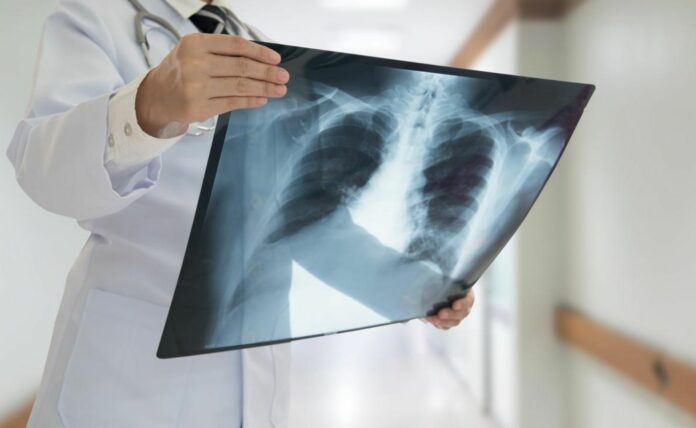Health Risks of the Most Popular Quartz Countertops Exposed by a New Study
Workers involved in the production of synthetic stone countertops, a leading choice in America, are being diagnosed with a fatal and irreversible pulmonary disease, due to inhalation of harmful dust particles.
This discovery, made by researchers from UC San Francisco and UCLA, is considered the biggest domestic study conducted on this evolving health menace.
The process of cutting, grinding, and polishing synthetic quartz releases damaging dust that can lead to silicosis. Although miners and stone cutters have battled this disease for centuries, the hazard level for engineered stone is notably higher due to a greater concentration of silica, a substance naturally found in sandstone, and the detrimental polymer resins and dyes included in the product.
This occupational hazard has predominantly affected young Latino men and has seen a dramatic increase in cases since the first US report of engineered stone-linked silicosis in 2015, as highlighted by a new study published today in the JAMA Internal Medicine.
Jane Fazio, MD, a pulmonary specialist at Olive View-UCLA Medical Center and co-author of the study, points out “Increasing case counts of silicosis among stone fabricators over the last 10 years and accelerated progression of disease transforms the paradigm of an all-but-previously-forgotten disease in the U.S.”
She warns that this resurgence of a near-extinct disease is gravely affecting an at-risk population of young, likely undocumented Latino immigrant laborers.
What is the Impact of Engineered Stone on Workers’ Health?
Israel first recognized the risk of silicosis from artificial stone in 2012. With the first US case linked to engineered stone surfacing in Texas in 2015, California has now emerged as a hotbed for the disease.
Collaborating with the UCSF California Labor Laboratory and the California Department of Public Health, researchers from UCSF and UCLA identified 52 silicosis cases among California’s engineered-stone workers, with 51 of them being Latino immigrants. Most cases were diagnosed between 2019 and 2022. By diagnosis, 20 of these patients were in the advanced stage of the disease and ten have since succumbed. The median age of the patients was 45, with a mean work experience of 15 years.
Leobardo Segura-Meza, an immigrant from Mexico and one of the affected, began working with stone at 17. Despite using a mask and dust-reduction equipment, he ended up with silicosis, as confirmed by a lung biopsy in 2022. The 27-year-old has been dependent on oxygen since then, rendering him incapable of supporting his family.
Though approved for a lung transplant, Segura-Meza fears the shortage of time. He has already witnessed the demise of two of his co-workers while on the waiting list. His hope is to receive the call for his new lungs before it’s too late.
An Urgent Plea for Change
The authors of the study urge public health officials, clinicians, and policymakers to take immediate action by introducing measures to safeguard workers from silica dust exposure, facilitate prompt diagnosis, and consider prohibiting the product.
Co-author Sheiphali Gandhi, a UCSF pulmonologist, warns of the imminent danger. Without immediate intervention, she predicts hundreds, if not thousands, of upcoming cases in the next decade due to the slow development of the disease.
While no country has banned the product yet, Australia is contemplating it and is formulating new regulations to mitigate the risk of silicosis. In California, a potential ban is under consideration by the Los Angeles County Board of Supervisors, and the state’s Division of Occupational Safety and Health, known as Cal/OSHA, is already drafting emergency protocols.
The authors of the study also recommend early diagnosis and minimization of further exposure, despite the challenges of healthcare accessibility and the economic needs of the workers. Almost half of the patients in the study continued to work post-diagnosis.
Image Credit: Shutterstock
